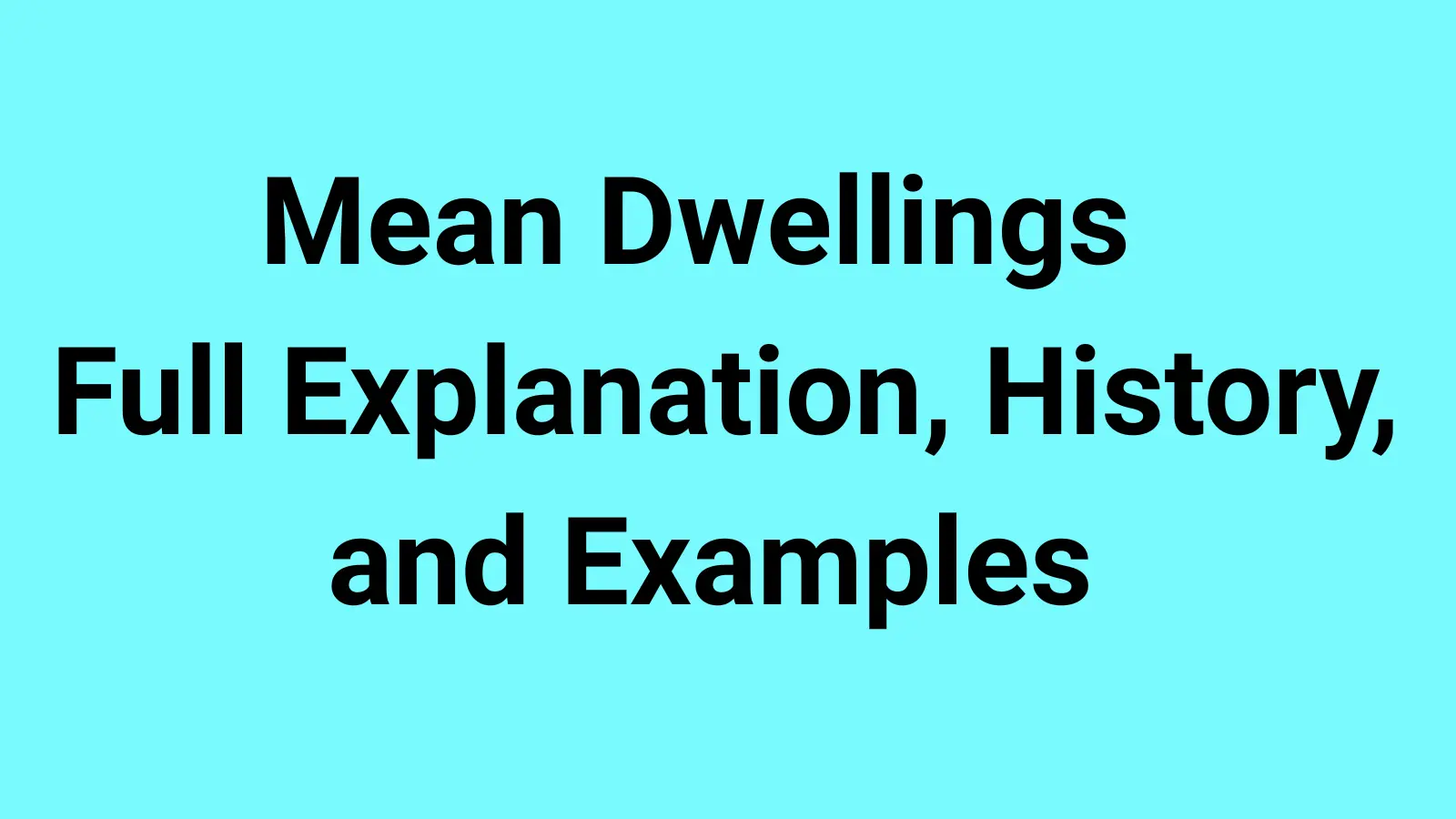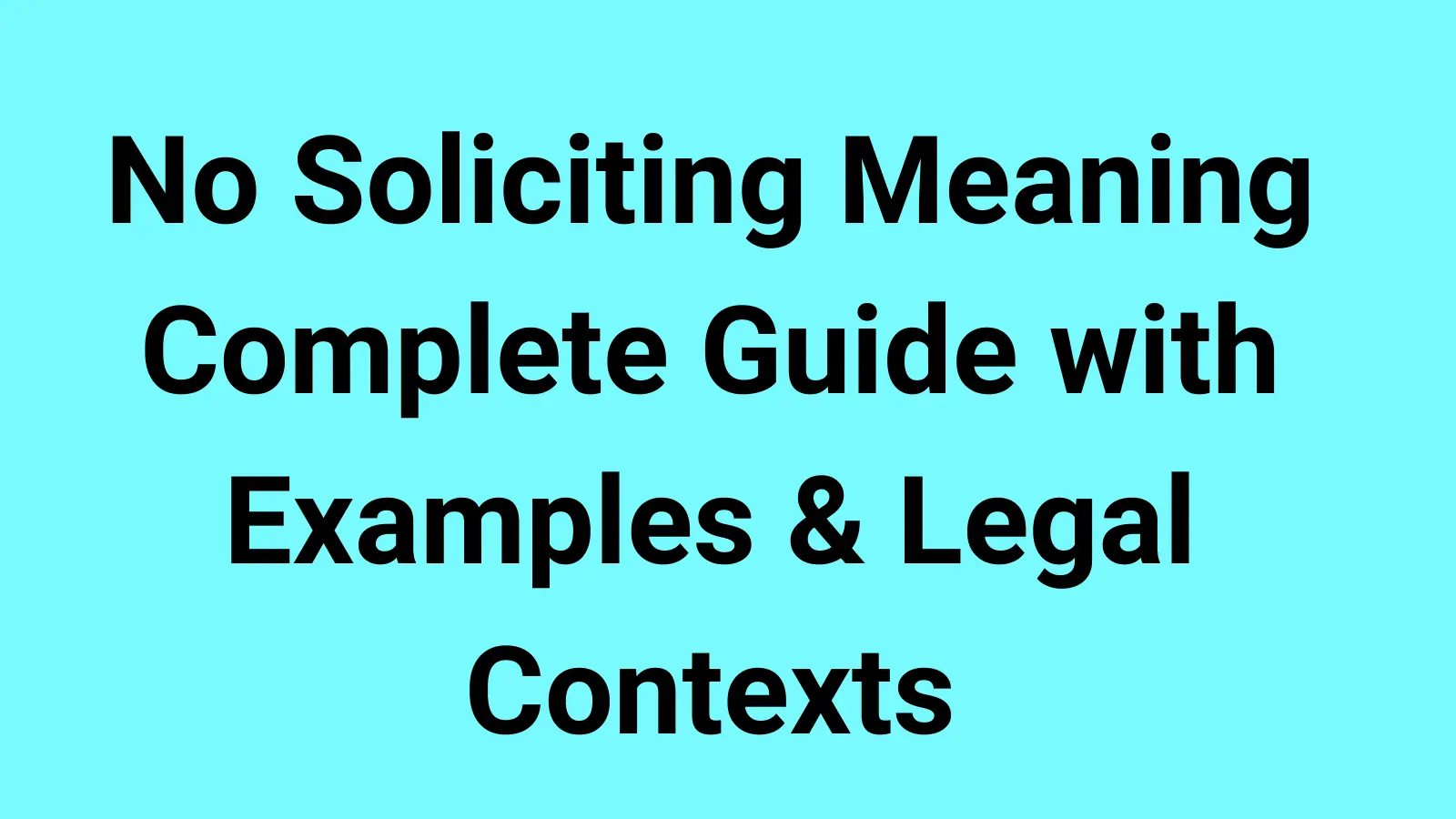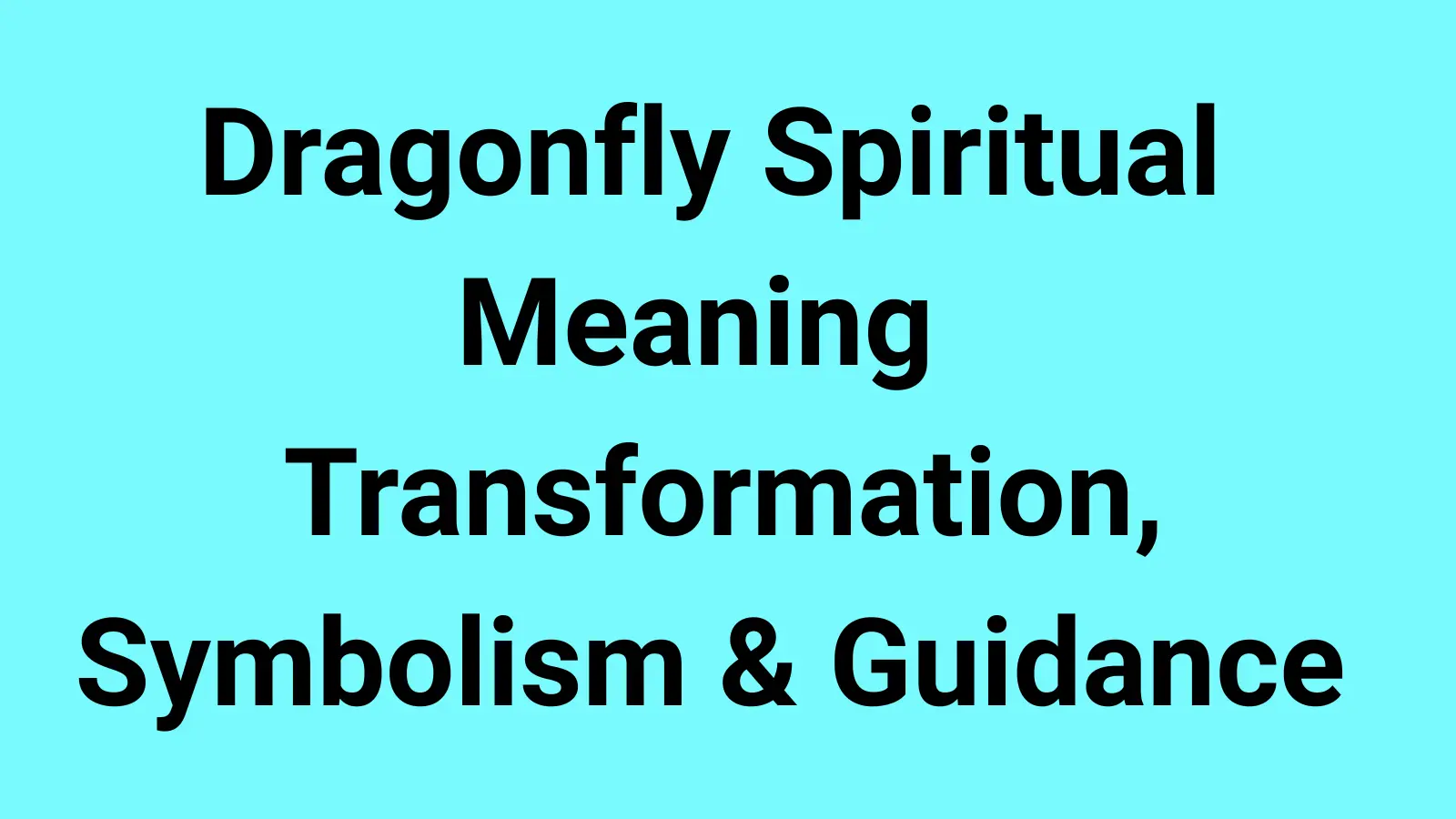When you come across the phrase “mean dwellings”, it typically refers to small, humble, or poorly constructed houses where people live, often highlighting poverty, hardship, or modest living conditions.
The word “mean” in this context does not mean “unkind” but instead comes from an older English usage meaning lowly, humble, or of poor quality.
From literature to history to modern discussions about housing inequality, “mean dwellings” has appeared in different ways.
This guide explores every angle of the phrase — its origins, real-life usage, cultural importance, and examples — so you’ll understand exactly what people mean when they talk about “mean dwellings.”
📌 Historical Origins of Mean Dwellings
The phrase has deep roots in English literature and history.
- 📖 Derived from Old English “gemǣne” = common, lowly.
- 🏚️ Used in Shakespearean and 18th-century writings.
- 📜 Found in Charles Dickens’ novels describing slums.
- 🏘️ Industrial Revolution — “mean dwellings” described working-class homes.
- 🕯 Victorian England — symbolized poverty and class divide.
- 🚂 Urban growth — cramped city housing = mean dwellings.
- 🏞 Rural contexts — small huts also described as mean.
- 🎭 Poetic use — authors used the phrase for atmosphere.
- 🧑🌾 Farmers’ cottages often labeled as mean dwellings.
- ⚖ Social commentary — writers critiqued inequality.
- 📚 Encyclopedias of the 19th century defined it literally.
- 🏠 Differentiated from “stately dwellings.”
- 🌍 Colonial writings referenced indigenous huts as “mean dwellings.”
- 📖 The phrase carried moral undertones in sermons.
📌 Mean Dwellings in Literature
Writers have used the phrase to paint vivid pictures.
- ✍ Charles Dickens — “mean dwellings” in London slums.
- 📖 Jane Austen — referenced modest homes of villagers.
- 🏚️ Thomas Hardy — cottages in rural poverty.
- 🕰 George Eliot — mean dwellings contrasted with wealthy estates.
- 🌆 Henry Mayhew — documented London’s working-class mean dwellings.
- 🏞 Romantic poets — humble homes celebrated as pure.
- 🎭 Shakespeare — used “mean house” to imply low status.
- 📚 Bible translations — mean dwellings = huts or poor abodes.
- 🖋 Satirical authors mocked wealthy ignoring mean dwellings.
- 🕯 Gothic literature — eerie cottages described this way.
- 🏘️ Historical travelogues — mean dwellings in foreign lands.
- 🎨 Painters illustrated mean dwellings alongside grand castles.
- 🏡 Diaries — 18th-century references to tenant farmers’ cottages.
- 📜 Parliamentary records — “mean dwellings” in housing debates.
📌 Mean Dwellings in Social History
The phrase isn’t just literary — it reflects reality.
- 🏚️ Tenements of New York described as mean dwellings.
- 🚂 Industrial workers’ barracks.
- 🏘️ Irish potato famine huts.
- 🏞 Scottish crofters’ cottages.
- 🏛 Colonial records — indigenous dwellings labeled as “mean.”
- 🕰 Medieval peasants’ huts.
- 🏡 19th-century London East End.
- 🛖 African and Asian colonial descriptions.
- ⚖ Symbol of inequality in reform reports.
- 📑 Housing Acts referenced “mean dwellings” indirectly.
- 🏠 Small timber shacks in early America.
- 📖 Missionary writings described “mean dwellings of the heathen.”
- 🚪 Rural villages worldwide equated to mean dwellings.
- 🌍 Phrase linked to “slum housing” historically.
📌 Modern Use of Mean Dwellings
Today, the phrase pops up in different ways.
- 📰 Journalists use it metaphorically for poverty.
- 🎓 Literary critics explain its meaning to students.
- 🏚️ Housing activists revive it in debates.
- 📲 Social media quotes historical references.
- 🏠 Architects study “mean dwellings” of history.
- 🎭 Theatre plays quoting Dickens or Shakespeare.
- 📖 English learners study it as old-fashioned phrase.
- 🕰 Museum displays explain mean dwellings.
- 🏞 Documentaries show poor housing as “mean dwellings.”
- 🏘️ Urban renewal programs highlight contrast.
- 🏡 Anthropologists discuss indigenous huts.
- 🎓 Linguistics shows how “mean” shifted in meaning.
- 📚 Still appears in poetry competitions.
- 📰 Headlines sometimes use it ironically.
📌 Different Interpretations of Mean Dwellings
Depending on audience, the phrase has layers.
- 👩🎓 Students: Literary term meaning humble housing.
- 👨💼 Professionals: Historical context in reports.
- 🧑🤝🧑 Casual readers: Simple “poor homes.”
- 📚 Poets: Symbol of hardship.
- 🎨 Artists: Visual contrast with luxury homes.
- 🏛 Historians: Evidence of class struggles.
- 🌍 Anthropologists: Cultural misunderstanding.
- 📰 Journalists: Modern poverty.
- 🧑🏫 Teachers: Vocabulary lesson.
- 🤔 Everyday talk: Rare, but understood as “run-down homes.”
- 📖 Writers: Adds dramatic flavor.
- 👩👩👧 Readers: Emotional impact.
- 🏚️ NGOs: Symbol for housing crisis.
- 🎭 Directors: Stage set description.
📌 Examples of Mean Dwellings in Sentences
Here’s how you might see the phrase in context:
- 📖 “The villagers lived in mean dwellings scattered across the moor.”
- 🏚️ “Dickens described the mean dwellings of London with grim detail.”
- 🕰 “Workers returned each night to their mean dwellings near the factory.”
- 🏞 “In the valley stood a cluster of mean dwellings overshadowed by a castle.”
- 🏘️ “The inspector noted the unhealthy conditions of the mean dwellings.”
- 🎭 “Actors performed inside a replica of mean dwellings for authenticity.”
- 📚 “Students analyzed the symbolism of mean dwellings in Hardy’s text.”
- 📰 “The report highlighted mean dwellings as a marker of inequality.”
- 🎨 “The artist painted peasants outside their mean dwellings.”
- 🏛 “Colonial officials referred dismissively to native huts as mean dwellings.”
- 🏠 “Despite being mean dwellings, they were filled with warmth and family.”
- 🧑🤝🧑 “The charity worked to replace mean dwellings with safer homes.”
- 📝 “Writers used mean dwellings as shorthand for poverty.”
- 📖 “Her thesis compared castles and mean dwellings as class symbols.”
📌 Mean Dwellings vs. Modern Housing Terms
Comparing the old phrase to today’s terms:
- 🏚️ Mean dwellings = slums.
- 🏘️ Tenements = overcrowded apartments.
- 🏠 Shanties = improvised shelters.
- 🛖 Huts = traditional indigenous housing.
- 🏙 Low-income housing = modern equivalent.
- 🏡 Affordable housing = solution.
- 🚪 Council housing = UK government homes.
- 🏞 Rural shacks = today’s “mean dwellings.”
- 🏚️ Derelict homes = abandoned.
- 🏘️ Substandard housing = legal phrase.
- 🛋 Rooming houses = 20th-century version.
- 🌍 Informal settlements = global term.
- 🏠 Tiny homes = opposite trend (positive spin).
- 📖 “Mean dwellings” = literary but outdated.
📌 Why the Phrase Still Matters
Though old-fashioned, “mean dwellings” is relevant.
- 📚 Teaches vocabulary history.
- 🏛 Shows class divide in literature.
- 🏚️ Highlights past housing struggles.
- 🕰 Connects students with Dickens & Hardy.
- 🌍 Global housing crises echo it today.
- 📖 Keeps cultural memory alive.
- 🎭 Adds authenticity in plays.
- 🏠 Reminder of inequality.
- 🧑🏫 Useful in ESL lessons.
- 📰 Makes headlines impactful.
- 📝 Writers still draw on it.
- 🎨 Inspires art on social class.
- 🚪 Helps explain historical housing policies.
- 🏘️ Shows evolution of words.
📌 FAQs About Mean Dwellings
Q1: Does “mean” mean unkind here?
👉 No, it means poor, humble, or low in quality.
Q2: Is “mean dwellings” still used in daily English?
👉 Rarely, mostly in literature or academic discussions.
Q3: Who popularized the phrase?
👉 Writers like Dickens, Hardy, and 19th-century historians.
Q4: Can mean dwellings be positive?
👉 Sometimes — they can symbolize humility or simplicity.
Q5: Is it offensive today?
👉 Context matters; avoid using it to describe real people’s homes casually.
Q6: Is it the same as slums?
👉 Similar, but slums are more specific to urban areas.
Q7: Does “mean” have other old meanings?
👉 Yes, “common,” “average,” “inferior,” not just “unkind.”
Q8: How do teachers explain it?
👉 By connecting old usage of “mean” with housing terms.
Q9: Is it in the Bible?
👉 Yes, some older translations use “mean house/dwelling.”
Q10: Does architecture use it?
👉 Rarely, but historians sometimes do.
📌 Conclusion on Mean Dwellings
The phrase “mean dwellings” carries a rich history that stretches from literature to social commentary. While the word “mean” today usually implies unkindness, in this phrase it reflects poverty, modesty, or lowly conditions.
Authors like Dickens and Hardy used it to depict hardship, while historians and reformers highlighted it in discussions about housing inequality. Though we don’t use it much in everyday speech, it remains an important cultural marker.
By understanding “mean dwellings,” we gain insight not just into vocabulary, but also into the struggles and resilience of those who lived in them. 🏚️❤️



